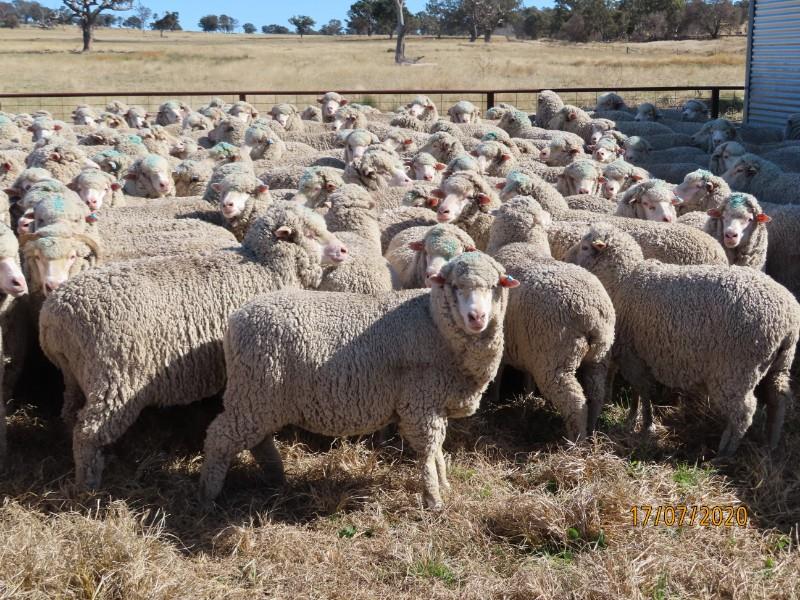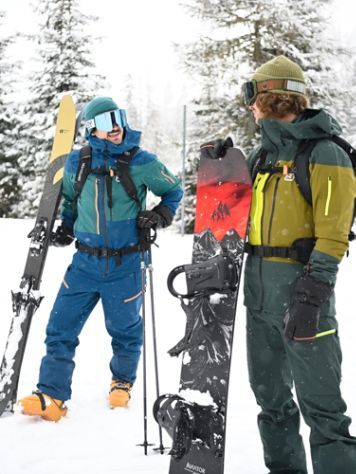Great News For Deciding On Merino Wool Base Layers For Hiking
Wiki Article
What Merino Sheep Breeds Do You Have? What Is Their Distinctive Traits And Distinctions?
There are many Merino sheep breeds, each with their particular characteristics and distinct characteristics. Here are the most popular Merino breeds of sheep, as well as their distinct characteristics. Spanish Merino- This Merino breed is the oldest and is most famous for its excellent production and its fine wool. This breed is adaptable in every kind of environment and has a strong resistance against diseases.
American Merino- American Merino often referred to as the American Merino, was developed in America in the 19th Century. It is known for its high-quality wool and hardiness. This breed is especially well-suited to cold climates and is resistant many common sheep diseases.
Saxon Merino - This Merino shearer is one of the finest boned Merino that is well-known for its soft, fine wool. The Merino is smaller than the other Merino species and is particularly suited to dry and hot environments.
Peppin Merino- The Peppin Merino is an Australian breed that was developed during the 19th century. This breed is well known for its fine wool quality and it is especially suitable for Australia's hot and dry climate.
Rambouillet-The Rambouillet Merino Sheep breed was developed in France in the 18th century. It is renowned for its adaptability and hardiness to various environments. Rambouillet wool, although coarser than other Merino varieties, is still sought-after due to its high-end quality.
Polwarth - The Polwarth Merino breed was developed in Australia during the latter part of the 19th century. The breed is ideal for the cooler and wetter climates of southern Australia because it has silky, shiny wool.
The Merino shearers' distinct qualities and skills are dependent on their breed as well as the conditions they reside in. Breeders frequently choose Merino breeds for their unique qualities, including hardiness, fine wool, adaptability, and flexibility. This lets them create Merino breeds that work in various environments and are more suitable for specific needs.

What Are The Differences Between Merino And Merino Wool Base Layer For Clothing?
Merino wool is a popular base layering material in clothing due to its exceptional moisture-wicking properties, the ability to breathe, and its naturally odor-resistant properties. These are some examples of Merino wool base layers. They are light and can be used in cold to mild temperatures. They are typically made of light and breathable materials that are easy to layer over other clothes.
Base layers that are midweight: Midweight Merino base layers are ideal for cooler climates. They are made of thicker and more insulating fabric that offer warmth and comfort for colder temperatures.
Heavyweight base layers - Heavyweight Merino wool base layers are made for use in cold weather conditions. These base layers are made of a warm, dense fabric that offers insulation and protection from the elements.
3/4-length base layers- These 3/4-length Merino wool base layers provide warmth and comfort for the lower body, without adding bulk. They are ideal for layering under shorts or pants during cooler temperatures.
Long-sleeved base layers - Long-sleeve Merino Wool base layers are designed to offer warmth and comfort for the upper body. They typically consist of an breathable and thin fabric, which can be worn under other clothing to provide warmth.
Hooded base layer- Hooded Merino wool bases layers are designed to provide warmth and protection from the elements. Hoods can be worn on top of a helmet, or other headgear and feature a fitted hood.
Zip-neck base layers- Zip-neck Merino wool base layers are designed to allow for easy ventilation and temperature control. They often feature the neckline, which is zippered and is able to be closed or open according to the conditions of the weather.
Merino wool base layers are available in many designs and weights to meet a variety of preferences and requirements. When choosing the right Merino wool base layer, it is crucial to think about the weather conditions as well as the amount of activities you'll be involved in so that you pick the ideal weight and design to meet your requirements. Go visit koraoutdoor.com for women's ski clothing for more advice.

What Is The Most Suitable Ski Layer When I Mix Merino With Hisalayan Yak?
There are a variety of things to consider when choosing the best mix of Merino and Himalayan wool to make your base layer of skis. Here are some important things to think about Weather conditions: Take into consideration the temperature and conditions in which you will be skiing. If it's extremely cold, you might want to opt for base layers that have greater insulation, like one that includes Himalayan Yak Wool. A lighter Merino base layer might be better suited for warmer climates.
Activity level- Take note of your activity level and how often you are likely to sweat. Merino wool or Merino wool may be a better option for those who sweat frequently.
Comfort: Choose a soft base layer. Base layers must be able to move with you and allow full movement. It is crucial not to wear clothing that is that is too tight or restricting as it can restrict mobility and create discomfort.
Personal preference- In the final, it'll all depend on the individual's preferences. Some prefer a more thick layer of insulation, while others prefer a lighter one. It is possible to experiment with various combinations until you find one that's the most effective and suitable for your needs.
It is essential to note that the combination of Merino and Himalayan wool wools for your ski base layer will depend on you and the conditions under which you will be skiing. Take into account the conditions of the weather, your activity level, comfort, and personal preference to choose a base layer that will keep you warm, dry, and relaxed while skiing. Go try this best hiking base layer for more info.
What Are The Reasons To Choose Merino And Himalayan Yak Wool Over Other Fabric For Ski Clothing?
Merino and Himalayan wools are fantastic options for ski clothes. Warmth - Merino and Himalayan wools are both highly efficient insulators. They are able to keep you warm even in the coldest weather. They are lightweight and comfy but provide great insulation.
Moisture management - Merino wool, Himalayan Yak wool, and Merino wool are each extremely efficient at controlling water. This means that they can keep you dry while skiing. Both fabrics are naturally moisture-wicking, meaning they pull moisture away from the skin and transfer it into the outer layers of the fabric, where it will evaporate.
Breathability- Merino wool and Himalayan Yak wool are both extremely ventilated, which means that they allow air to circulate through the fabric, which helps maintain body temperature and avoid overheating. This is important for ski apparel, as it lets one remain comfortably while skiing.
Comfort- Merino wool, Himalayan yak wool, and Merino wool are all extremely soft and comfortable. They are able to be worn near your skin. They can also move along with your body, allowing you to have all range of motion.
Sustainability Sustainable - Merino wool, Himalayan yak wool and other natural fibers are sustainable and biodegradable. They are also able to be recycled. They are, therefore, more environmentally green than synthetic fabrics such as polyester and nylon.
Merino wool is an excellent choice for ski clothing. Himalayan and Merino yak wool are excellent options. They are durable, comfortable warm, warm, and moisture-wicking.
